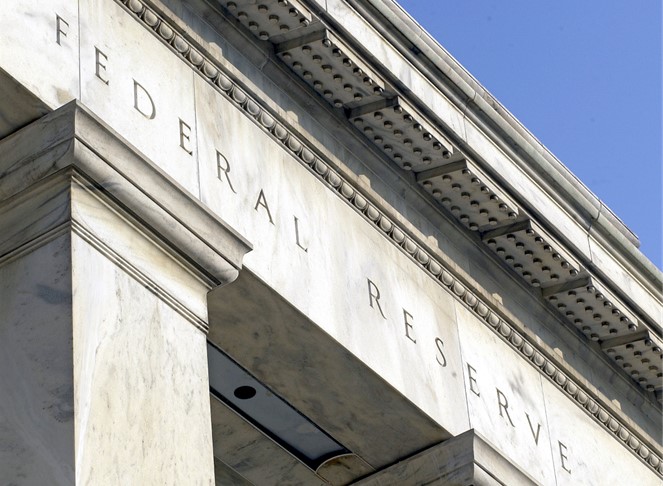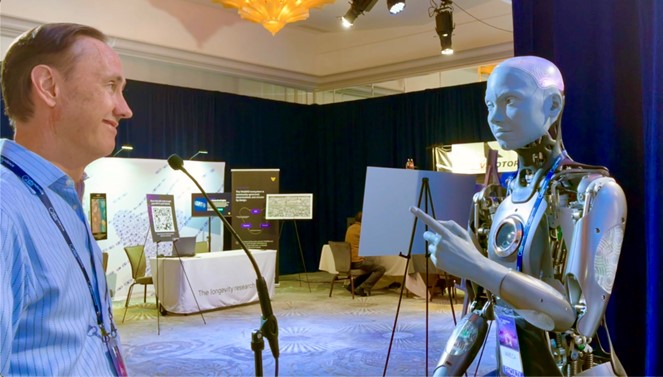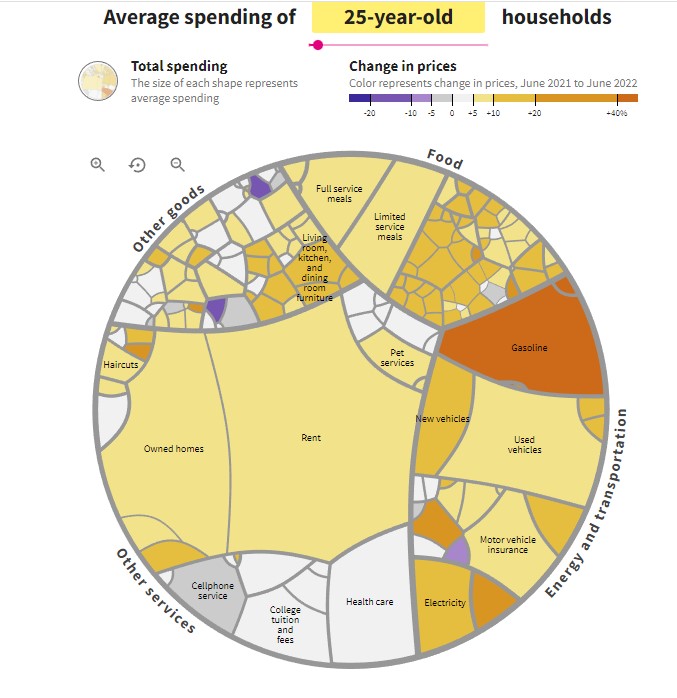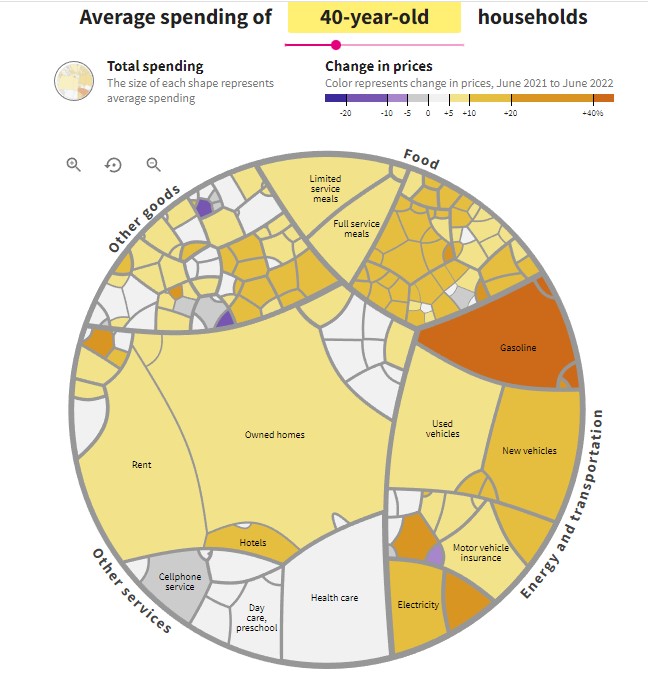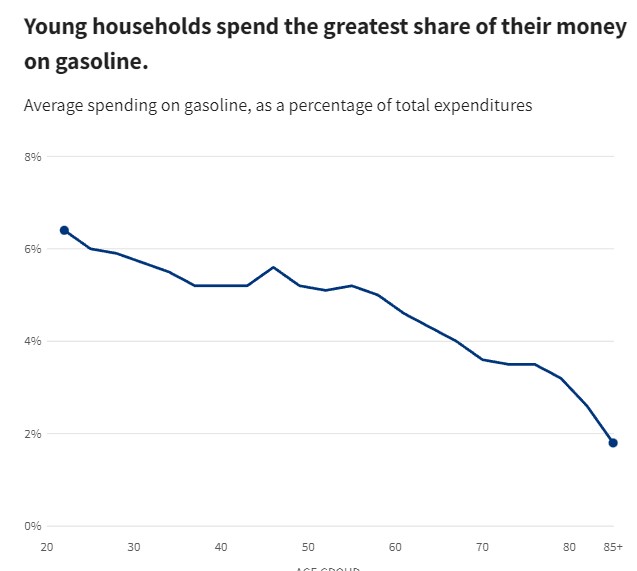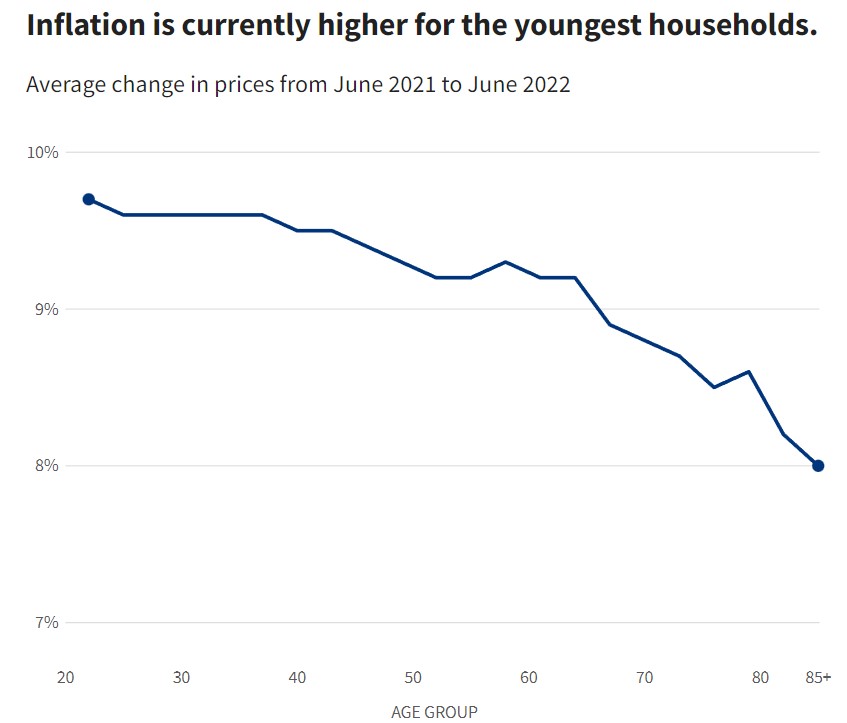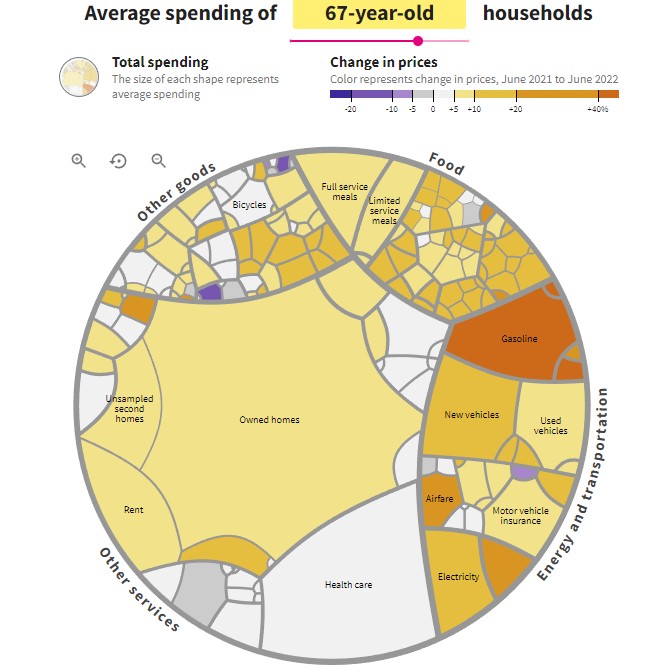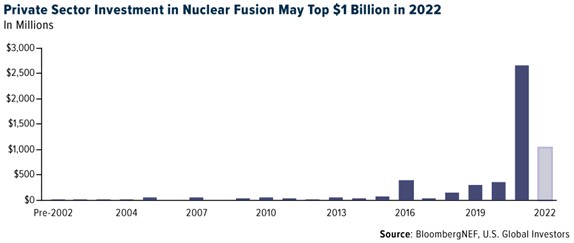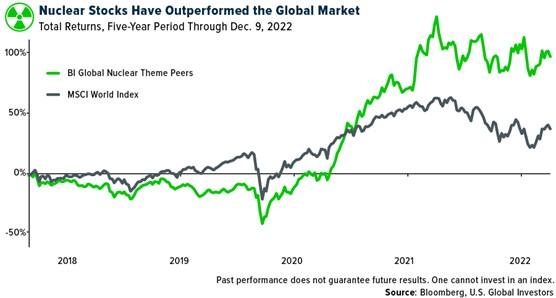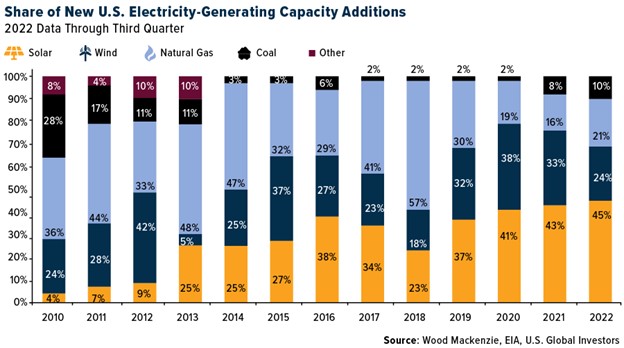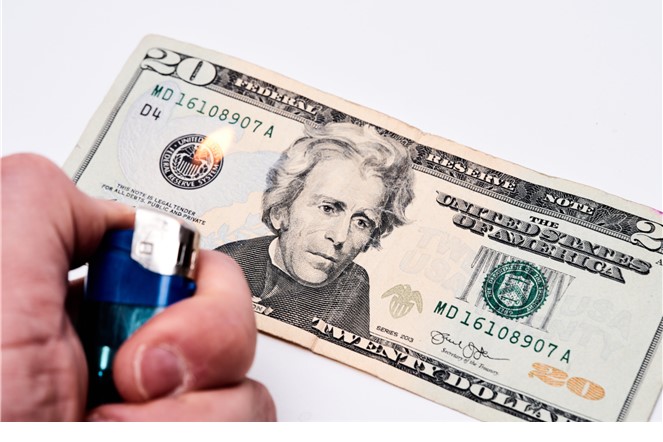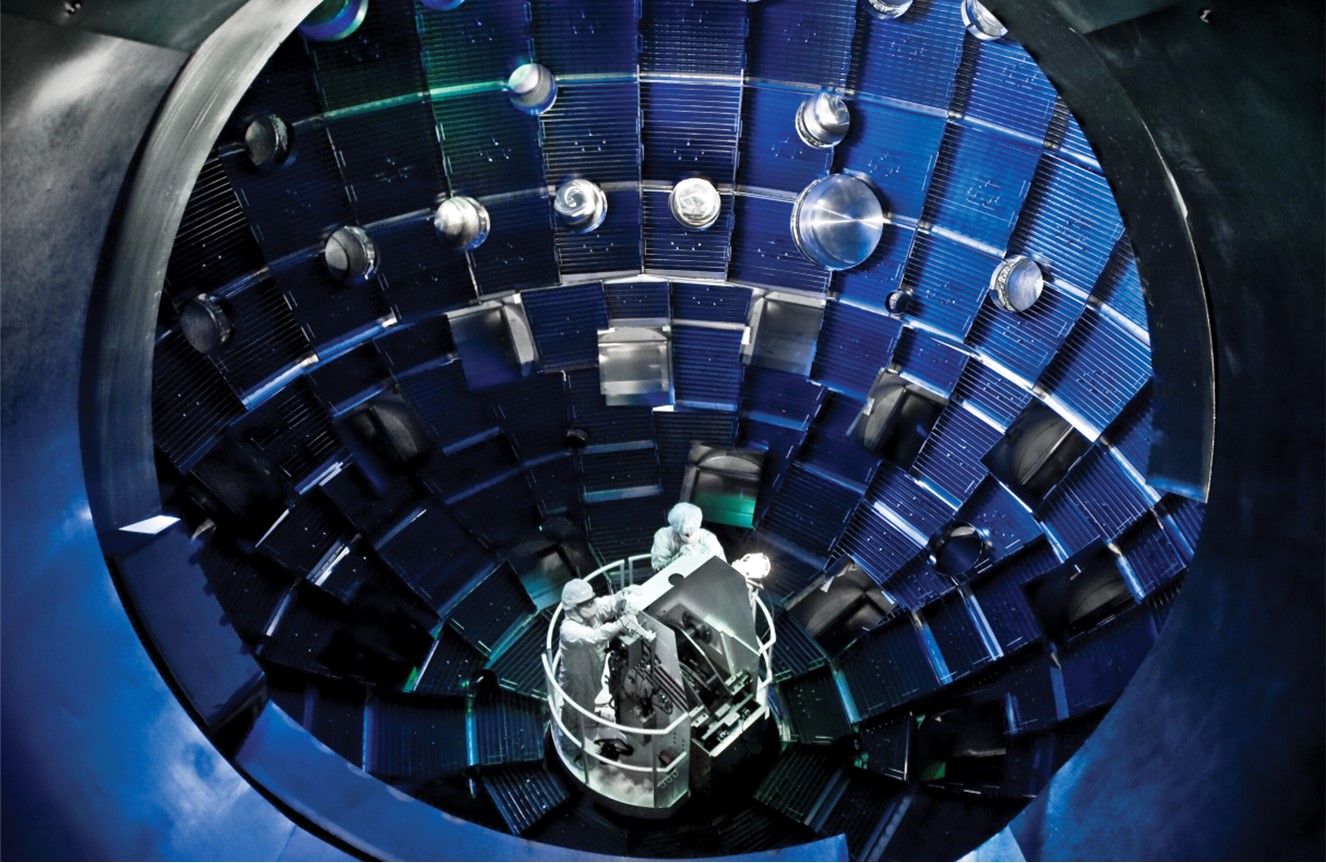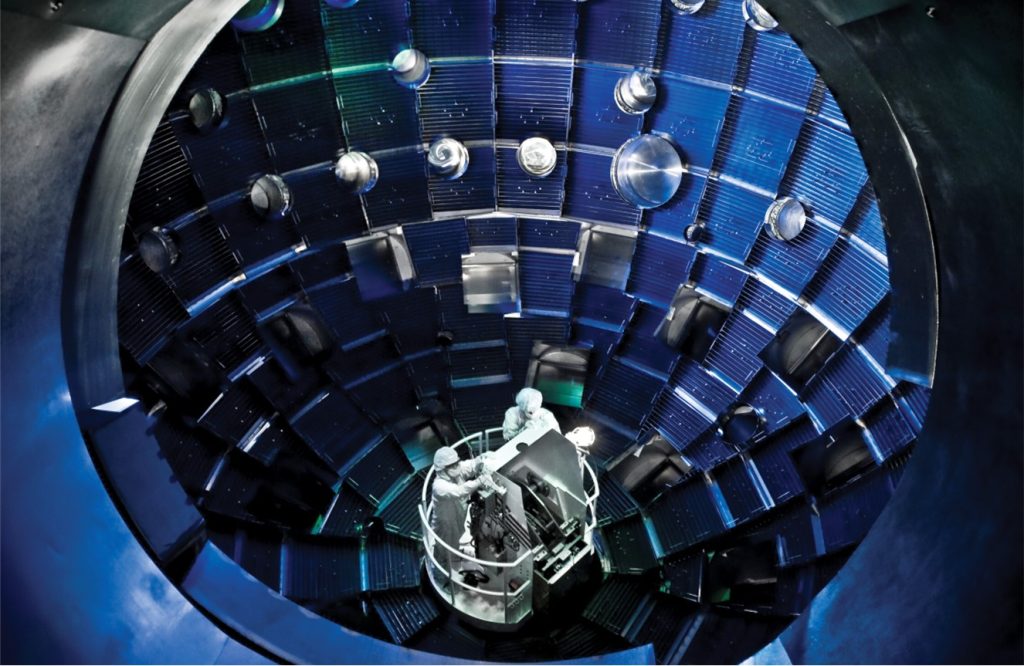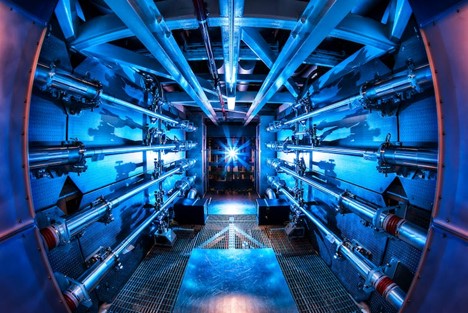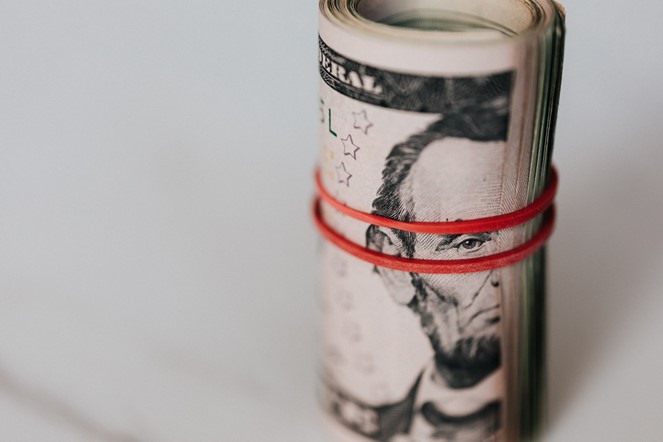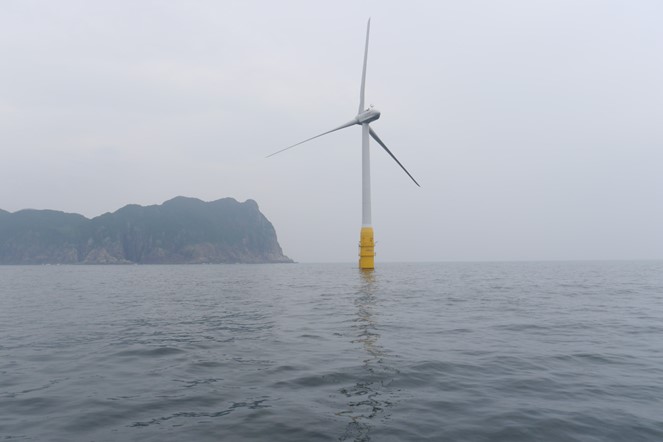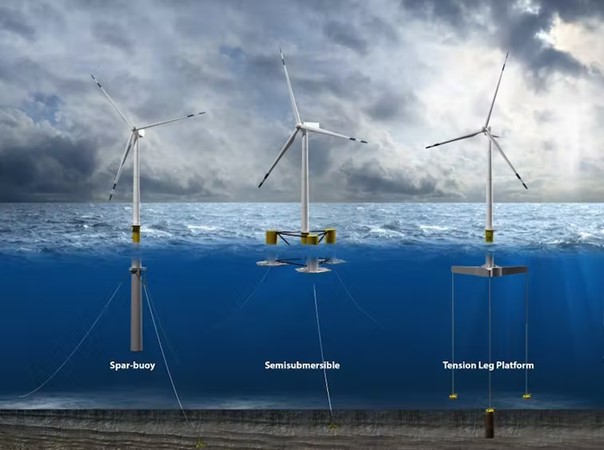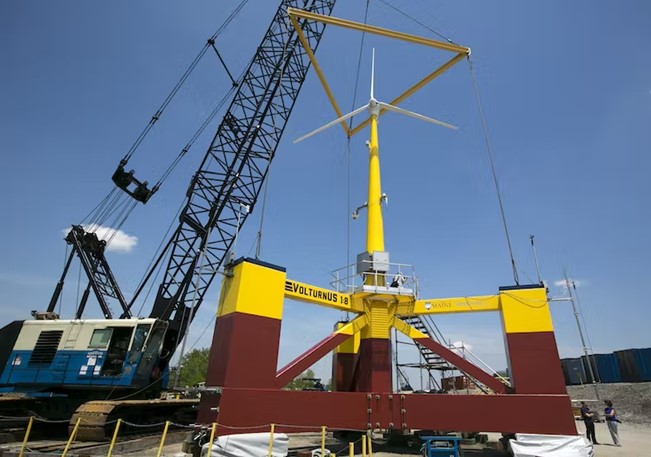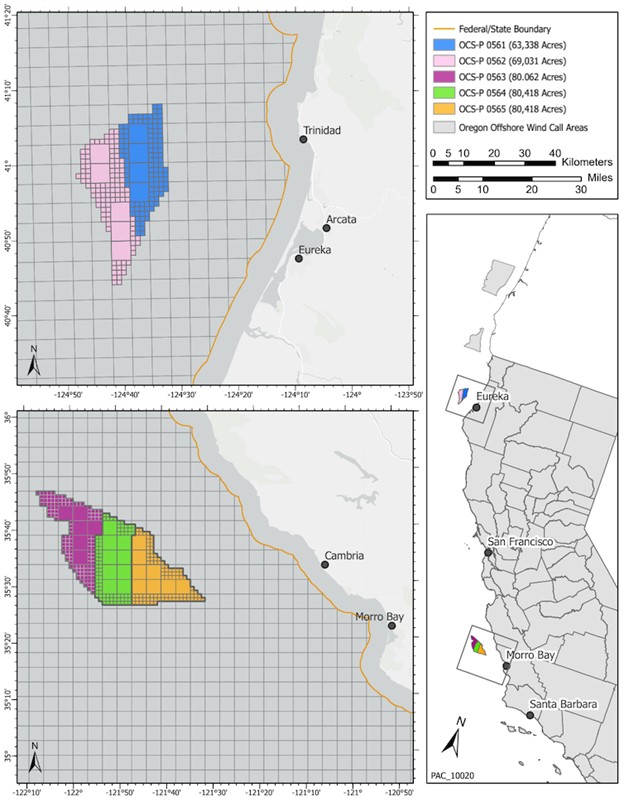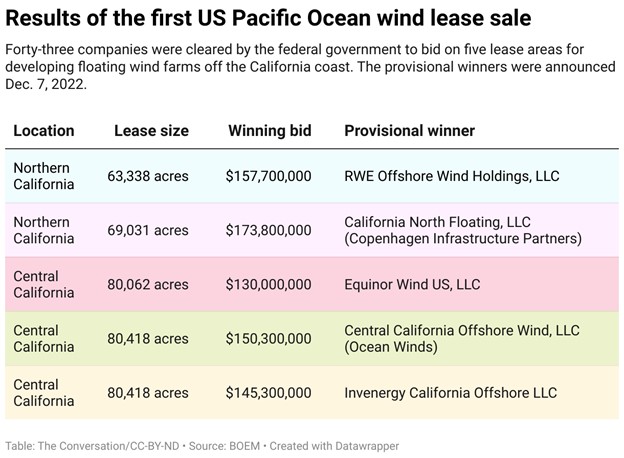
For Now, Innovation and Entrepreneurship Still Hold a High Place in the USA
Commentators worry that the United States might lose its dominance in innovation to Asian countries like China and Singapore. Many policymakers are intimidated by the R&D budgets of Asian countries and by their superior performance on international academic assessments. However, these concerns are misguided because the United States still dominates innovation.
The United States ranks second on the Global Innovation Index and scores the highest in the world on fifteen of eighty-one innovation indicators. The US innovation ecosystem continues to lead in the commercialization of research, and its universities are on the cutting edge of academic research. Other countries are expanding research budgets, but the United States’ genius is its ability to commercialize relevant innovations.
Innovations are only useful when they disrupt industries by transforming society and altering consumer preferences. Because innovations respond to market changes, anything can become an innovation, and the process is highly spontaneous. Unfortunately, too many countries are laboring under the assumption that government plans inevitably lead to innovation. Finding the next game changer is tremendously difficult due to the dynamism of consumer preferences.
US entrepreneurs appreciate that innovation is a freewheeling process rather than an object of grand design. That is why Silicon Valley, with its reverence for risk and failure, has been known for innovation. In her 2014 book, The Upside of Down: Why Failing Well is the Key to Success, Megan McArdle argues that the United States’ tolerance toward failure is a crucial pillar of prosperity because it promotes self-actualization, risk, and the continuous quest for innovation.
The United States’ rivals have eloquent five-year plans and extravagant budgets, but US innovation is undergirded by private institutions with a strong appetite for risk and iconoclastic thinking. Private venture-capital associations and research institutions searching for future pioneers are the primary players in US innovation. Government innovation plans are inherently conservative because they hinge on the success of targeted industries.
But, in the private sector, entrepreneurs are deliberately scouting for disruptors to undercut traditional industries by launching breakthrough products. The conformity of government bureaucracies is an enemy of the unorthodox thinking that spurs innovation. China is known for having a competent and meritocratic civil service, yet scholars contend that it lacks an innovative environment.
A key problem is that China focuses on competing with western rivals instead of developing new industries; innovation is perceived as a competition between China and its rivals rather than an activity pursued for its own sake. Consequently, US companies remain market leaders and are more adept at converting market information into innovative products than their Chinese counterparts. Unlike China, US entrepreneurship is not a function of geopolitics.
Meanwhile, some commentators suggest that the US education system is better at deploying talent due to its encouragement of unorthodox thinking. In contrast, Singapore and China have been criticized for emphasizing rote learning at the expense of critical thinking. For example, Singapore’s public sector is a model of excellence; however, despite government support, Singapore is yet to become an innovation hotbed.
Bryan Cheung, in an assessment of industrial policy in Singapore, comments on the failure of Singapore to translate research into innovation: “Even though Singapore ranks highly on global innovation indices, closer scrutiny reveals that it scores poorly on the sub-component of innovation efficiency.” A recent edition of the Global Innovation Index, using a global comparison, declared that “Singapore produces less innovation outputs relative to its level of innovation investments.”
Cheung explains that Singapore is heavily reliant on foreign talent to boost innovation: “Even the six ‘unicorns’ that Singapore has produced (Grab, SEA, Trax, Lazada, Patsnap, Razer) were all founded or co-founded by foreign entrepreneurs. In the Start-Up Genome (2021), Singapore also performed relatively poorly in ‘quality and access’ to tech talent, research impact of publications, and local market reach, which is unsurprising since innovation activity is concentrated in foreign hands.”
Asian countries are growing more competitive, but it will take decades before they develop the United States’ appetite for risk, market-driven innovations, and the uncanny ability to monetize anything. The United States’ spectacular economic performance and business acumen are based on its unique culture. Those who bet against the United States by downplaying its culture are bound to lose. The United States’ rivals are still catching up.
About the Author
Lipton Matthews is a researcher, business analyst, and contributor to Merion West, The Federalist, American Thinker, Intellectual Takeout, mises.org, and Imaginative Conservative. Visit his YouTube channel, here. He may be contacted at lo_matthews@yahoo.com or on Twitter (@matthewslipton)
